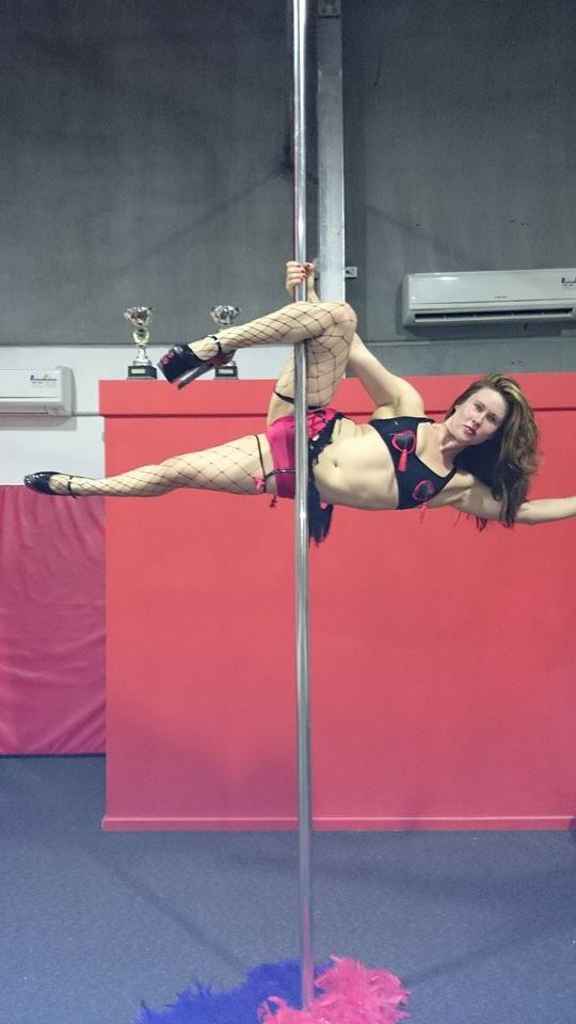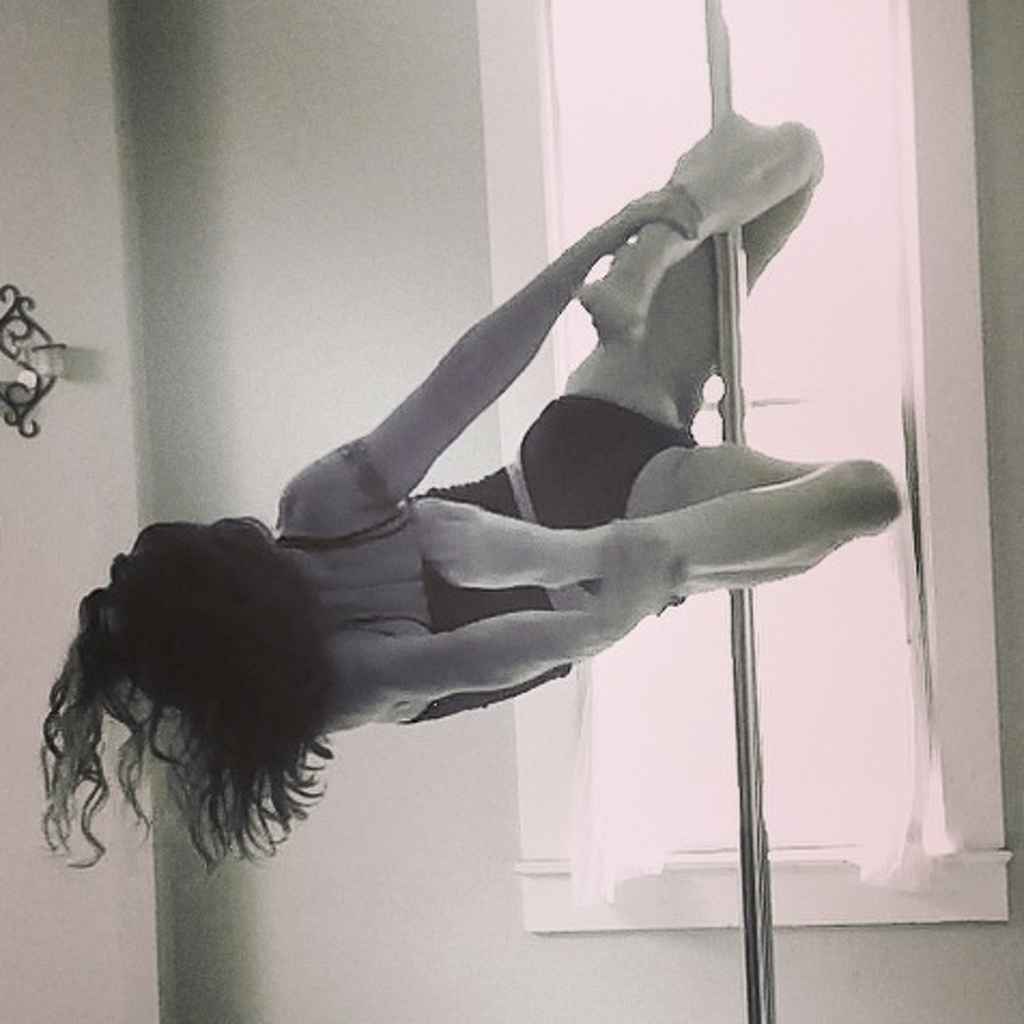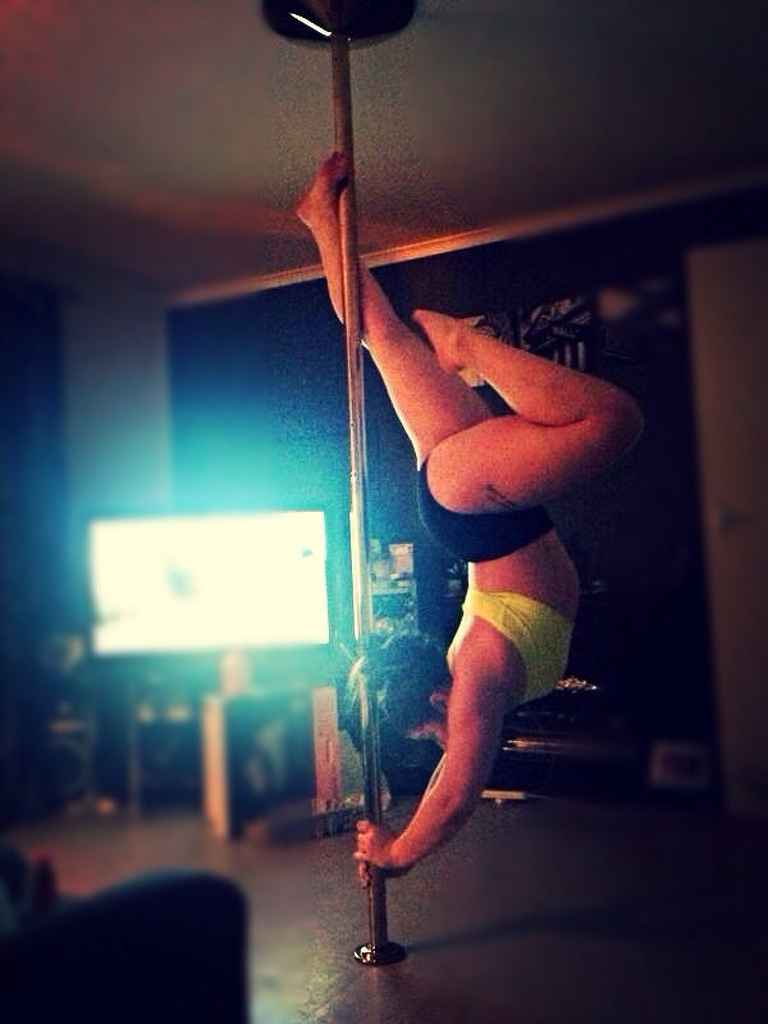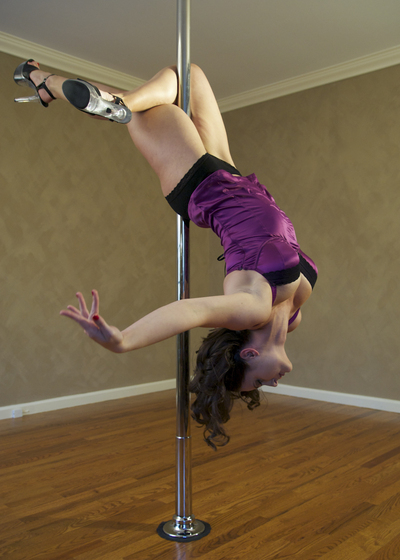StudioVeena.com › Forums › Discussions › Which is the more flexible leg?
-
Which is the more flexible leg?
Posted by Deleted User on January 11, 2014 at 10:56 amI can do the splits with the left leg forward but my right leg forward split is no wear near so what does this mean in terms of leg flexiness?
Which muscles should I be paying extra attention to to get my right side split??
Thankyoooooooou in advance!
portableninja replied 11 years, 11 months ago 7 Members · 17 Replies -
17 Replies
-

I’m not an expert but I’m thinking your right hamstring and/or left hip flexor or probably less flexible than the opposite hamstring and hip flexor. the right hamstring is the muscle that stretches behind your RIGHT leg to let it be forward and your left hip flexor is what allows your left leg to stretch behind you. when stretching I stretch my less flexible side first so that I can give it a little extra attention.
-

Right hamstrings and left hip flexors and quads (your front thigh muscles). I have the exact same situation Amiloo!
A suggestion from an instructor that is helping me get lowwwwer in the side splits is to lean back instead of staying upright or bending forwards like I would normally do. This puts an extra stretch on the quads and hip flexors, instead of your poor tortured hamstrings which may be at their limits already! Good luck!
-

I’ve also noticed a difference in flexibility when working on my right and left splits. My quest for answers led me to discover theballetblog.com, which is written by a physiotherapist who works specifically with dancers. One of the main things she talks about for this issue is lazy glute muscles. Sure enough, I tried her test and my glute works fine on my more flexible side. On my less flexible side though, my glute was taking a nap and my hamstring was firing like crazy trying to lift that leg. No wonder my hamstring is tight on that side! >< So lately I've been working on glute activation exercises. I started with the test exercise and did it over and over again, really focusing on contracting the glute to lift the leg, until my brain figured out how to talk to that muscle consistently. Then I went on YouTube to find more difficult exercises. It seems to be helping, but I've only been working on it for about 10 days so it's a little early for definitive results. Here's a couple links for posts on the subject. The test I mentioned is described in the second one. http://www.theballetblog.com/article/the-relationship-between-your-gluteals-and-your-hamstrings/
http://www.frontsplitsfast.com/are-you-more-flexible-on-one-side-than-the-otherGood luck!
-

so interesting, kasanya! what is the test and the test exercise? I want to try it out. I went to the website but couldn’t find it.
-

I knew it. I bloody knew one leg was better than the other lol my right leg is going to have to wise up at some stage and be on the same level as my left lol.
-
Deleted User
Deleted UserJanuary 13, 2014 at 12:31 pmOooo thanks for the info guys!! Going to get cracking!!
-
Deleted User
Deleted UserJanuary 13, 2014 at 12:47 pmOh here’s a video for that test http://m.youtube.com/watch?v=ZYPO8s2GHls
It’s called a hip extention test so you be able to find other videos/info on it! X
-

OMG, I watched that video (thank you Amiloo!) and I think I suffer from lazy butt syndrome!! I’m having my chiro check me out, must.fix.lazybutt!
-

I hsve this issue too! My butt was lazy on both sides actually. My hamstrings were doing all the work to lift my legs. My massage therapist is the one who noticed it, and gave me some exercises to do (he is also a yoga teacher so it was mostly yoga poses to practice). Since I have begun focusing on on actively flexing my glutes in extensions, my splits flexibility has improved, AND my chronic back pain has improved as well. I wish I’d gotten proper butt lessons back in gym class!
-
Deleted User
Deleted UserJanuary 13, 2014 at 2:11 pmWhat kind if exercises/ poses do you do??
-

Warrior III: http://www.yogajournal.com/poses/941
Half Moon: http://www.yogajournal.com/poses/784
You can also just work on lifting the straight leg back behind you, with engaged glutes, while standing in line, washing dishes, etc. It may be a small motion at first. Veena has a lesson she calls the Booty Lift that is similar.
Also, really focus on engaging the glutes in lunges, squats, and plies. It may be hard to do this at first if you don’t have the muscle memory, so if it helps, put your hand on your butt cheek and make sure it is firing. -
Deleted User
Deleted UserJanuary 13, 2014 at 2:24 pmCool thanks so much! I haven’t tested for a lazy butt yet but i have suspicions my left one has been slacking!!
-

Good luck!
-

Yes, that video is exactly the test I was talking about.
As for which exercises to do, that seems to depend on the underlying reason for the lazy glute(s).
The glutes are inhibited by tight hip flexors. If the hip flexors are tight simply because you spend a lot of time sitting, then you should be able to sort out the problem with hip flexor stretches + glute activation / strengthening exercises. There’s tons of information out there for glute exercise progressions. Here’s a couple examples I found pretty quickly on YouTube: http://www.youtube.com/watch?v=Xpm36n5UhfQ and http://www.youtube.com/watch?v=zPQOItIKyPo . It’s important to really pay attention to what your body is doing during the glute exercises. You’ll need to re-wire the brain to get glute dominant movement patterns rather than compensating with your lower back and/or hamstrings.
The other common reason for tight hip flexors is actually insufficient core stability. If you look at an anatomy diagram of the hip flexors, you’ll see that the psoas (one of the major hip flexor muscles) connects directly to the lumbar (lower) spine. If your lumbar spine is not being adequately supported by the deep core muscles (transversus abdominis, multifidus, and pelvic floor), then the body compensates by contracting the psoas muscles to pick up the slack. So if you’re the kind of person who can stretch your hip flexors endlessly and never actually become more flexible there, then this is likely your underlying problem. (Another common indicator of poor core stability is the frequent need to crack your lower back.) In this case, you’ll need to improve your core stability before you can get your hip flexors to unlock and your glutes to start firing properly. Here’s the first video in a 4 part series for strengthening the multifidus muscles: http://www.youtube.com/watch?v=6t9bZpl4EEY . Here’s the first video in a 4 part progression for strengthening the transversus abdominis: http://www.youtube.com/watch?v=6t9bZpl4EEY . And the pelvic floor can be strengthened through Kegel exercises.
I hope this helps!
-

Sorry, I screwed up the link for the transversus abdominis exercise progression. Here’s the correct link: http://www.youtube.com/watch?v=p8O04WLXFt8 .
Log in to reply.

